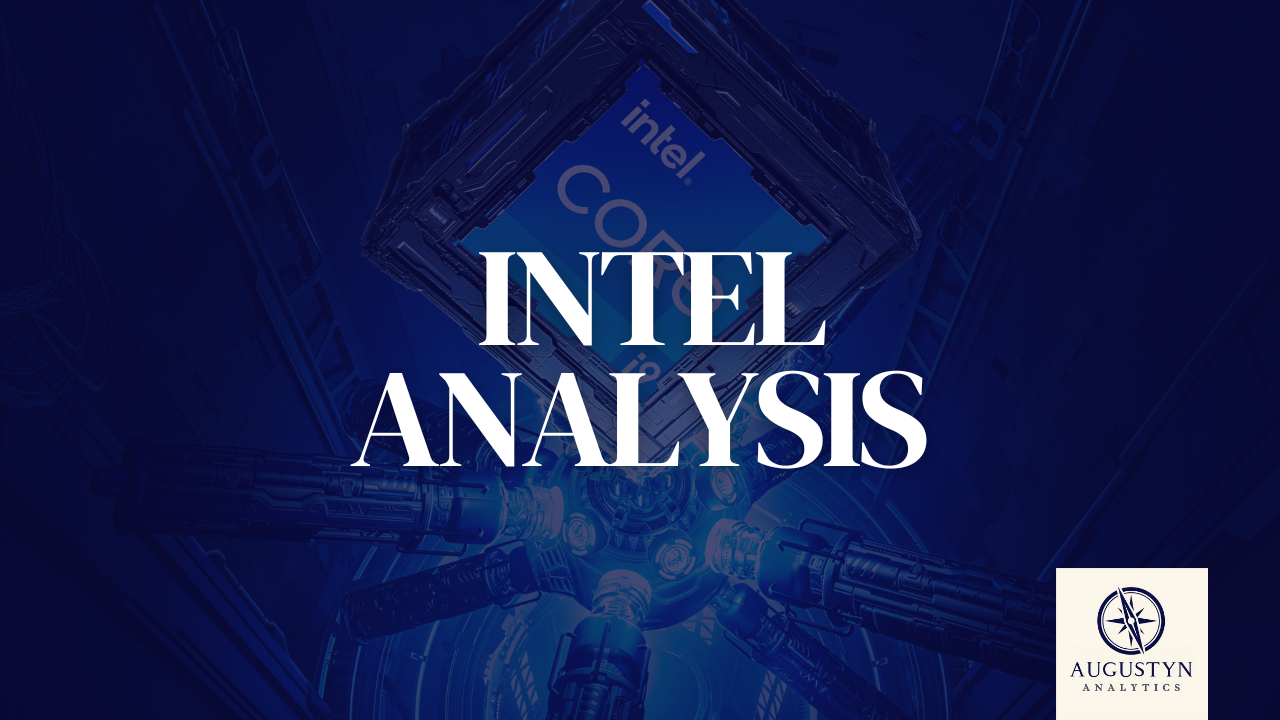Gross Profit Margin measures the percentage of revenue that remains after subtracting the direct costs of producing goods or services.

What is gross profit margin?
Gross Profit Margin shows how efficiently a company produces and sells its products or services. It measures the portion of revenue that remains after subtracting the cost of goods sold (COGS) — the direct costs of making or delivering the product.
Formula:
Gross Profit Margin = (Revenue – Cost of Goods Sold) ÷ Revenue
For example, if a company has €100,000 in revenue and €60,000 in costs to produce its goods, the gross profit margin would be:
(100,000 – 60,000) ÷ 100,000 = 0.4 or 40%
This means that 40 cents of every euro earned remains after covering production costs, before accounting for other expenses like salaries, rent, or taxes.
Why is Gross Profit Margin Important?
Gross Profit Margin shows how efficiently a company turns revenue into profit from its core operations. A higher margin indicates that the company can produce its goods or deliver its services at a lower cost relative to sales, leaving more money to cover operating expenses and invest in growth. Investors use it to compare companies within the same industry and to track trends over time, helping them understand whether a business is improving its efficiency or facing rising production costs.
How to Interpret Gross Profit Margin
Gross Profit Margin is most useful when tracked over time or compared with similar companies. A rising margin suggests the company is controlling production costs effectively or raising prices without losing sales. Conversely, a declining margin can indicate rising material costs, inefficiencies, or competitive pressure. Investors should also consider the industry: a 40% margin may be excellent for a retailer but low for a software company. By focusing on trends and context, readers can better understand a company’s operational efficiency and potential for profitability.
Gross Profit Margin vs. Net Profit Margin
Gross Profit Margin measures the profit a company makes from its core operations after covering the direct costs of production, such as materials and labor. Net Profit Margin, on the other hand, accounts for all expenses, including operating costs, interest, and taxes. Comparing the two helps investors understand where additional costs are affecting overall profitability — a company may have a strong gross margin but a much lower net margin if overhead, interest, or taxes are high.
Final Thoughts
Gross Profit Margin shows how efficiently a company turns revenue into profit from its core operations. A high margin indicates good control over production costs, while a declining margin can signal rising expenses or inefficiencies. It is important to remember that gross margin does not include other costs like salaries, rent, or taxes — a company can have strong revenue and gross margin but still struggle with overall profitability. By looking at trends, comparing with industry peers, and considering net margin, investors gain a clearer picture of a company’s operational efficiency and financial health.
Keep learning with us!
Follow us on Instagram and TikTok for daily business news, reels & tiktok’s that help you grow as an investor — one step at a time.



